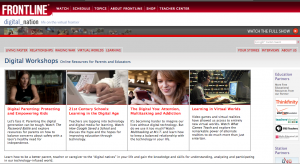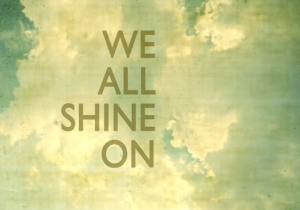This post originally appeared on Choices.Scholastic.com
It’s an exciting time to be a health teacher. Governments around the world are calling for curriculum updates, mindfulness is trending, and our country’s growing push for wellness is finally trickling down to the kids.
This week, an article in the Wall Street Journal highlighted one such push in New York City’s independent schools.
Schools Rethink Health Class, Incorporate Mindfulness Training
According to the article, independent schools – who have typically put health education to the side – are now giving it the focus and funding it needs.
“The National Association of Independent Schools conducted its first-ever survey this spring on health education among its members. While 85% of the schools surveyed called health and well-being an essential or high priority, only 41% described it as part of their school’s mission.”
Unlike with other subjects, independent schools have not historically had a set of standards or guidelines in place for health ed. This has led to what one head of school described as health being treated as a “necessary evil”.
Ouch. But without state mandates, smaller schools might not have a stand-alone health program, and task the subject matter to PE or classroom teachers who don’t have the time to prepare.
And while less than half of the schools surveyed said that health was part of their mission, almost all of them view health education as essential to student success.
This gives me a huge amount of hope for our profession… and for our kids.
This week, our public school health teachers have been advocating hard to get legislation passed that will not only keep health ed in schools, but will treat it as a core subject. For them, this should be viewed as a big step in what has been a long and on-going battle.
Many of the students who attend private or independent schools have parents with a lot of power. Parents who work in the corporate world, which- according to Forbes Magazine – is now viewing employee wellness as a way to increase productivity and improve their overall bottom line.
It makes sense that they would want to start investing that money earlier, before unhealthy habits have had a chance to set in. With the right amount of resources, schools can set up a dedicated health program with a teacher who has time to design curriculum around the National Health Education Standards from the CDC.
These standards -which focus on health literacy skills such as communication, analyzing influence, accessing valid information, communication, healthy behaviors, decision-making and advocacy – can be adapted for any size school with any type of health concerns.
It is truly a great investment. I’ve never understood why we battle as a nation over our mounting healthcare costs, but try to save money by cutting health ed. That’s like waiting for someone to slip on a wet floor and then telling them to be careful once they’re down.
It’s a reactionary approach, when what we need is a preventative one.
Student health and well-being should be a part of everyone’s mission. A dedicated health program in our schools is a great place to start.
Schools don’t need million dollar wellness budgets to bring their health classes up-to-date and start teaching mindfulness, There are some amazing – and free!- resources out there to help.
Here are some useful ones to get a mindfulness practice started in any class.
And to help advocate for health education in all schools, head to the resource page from SHAPE America to see what you can do.






